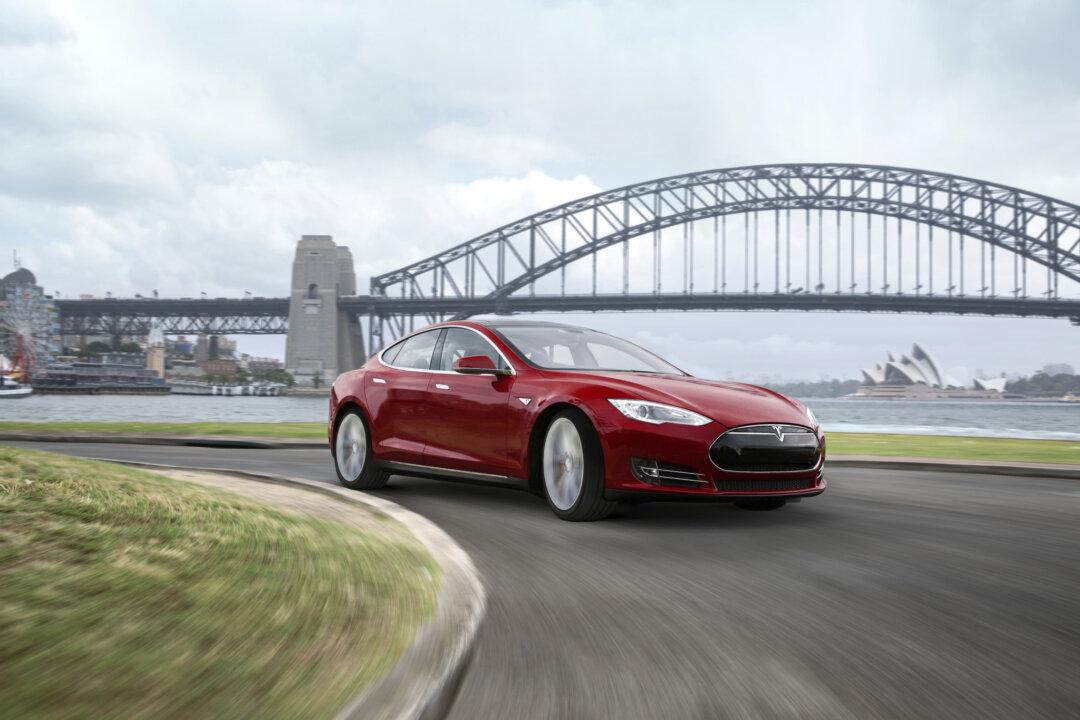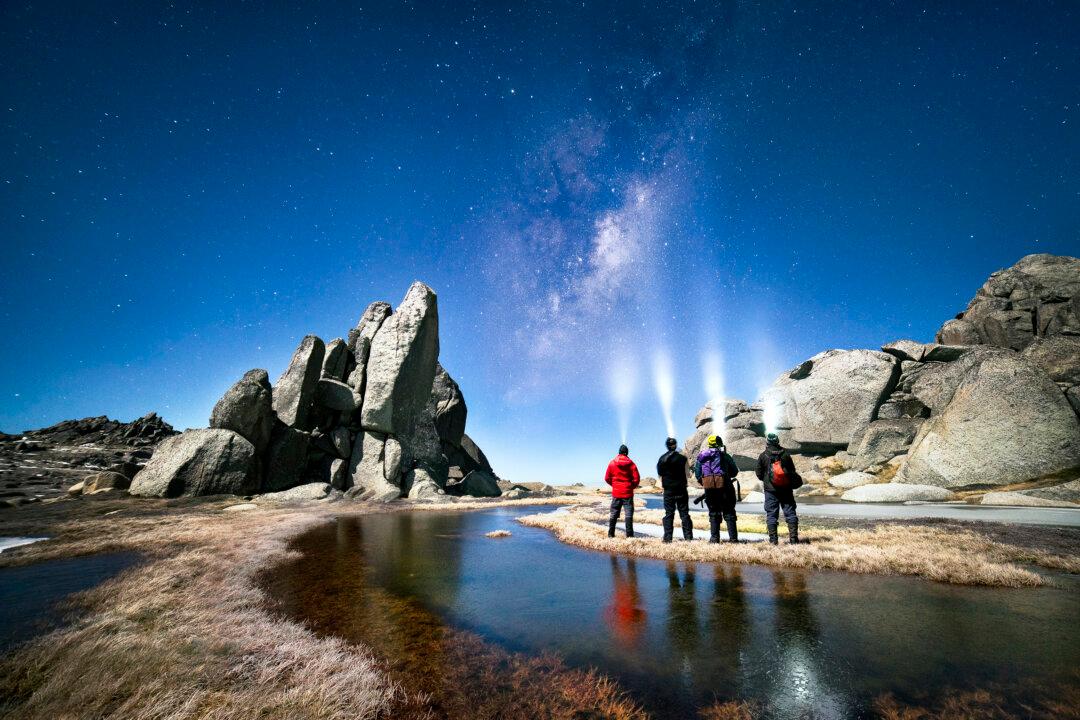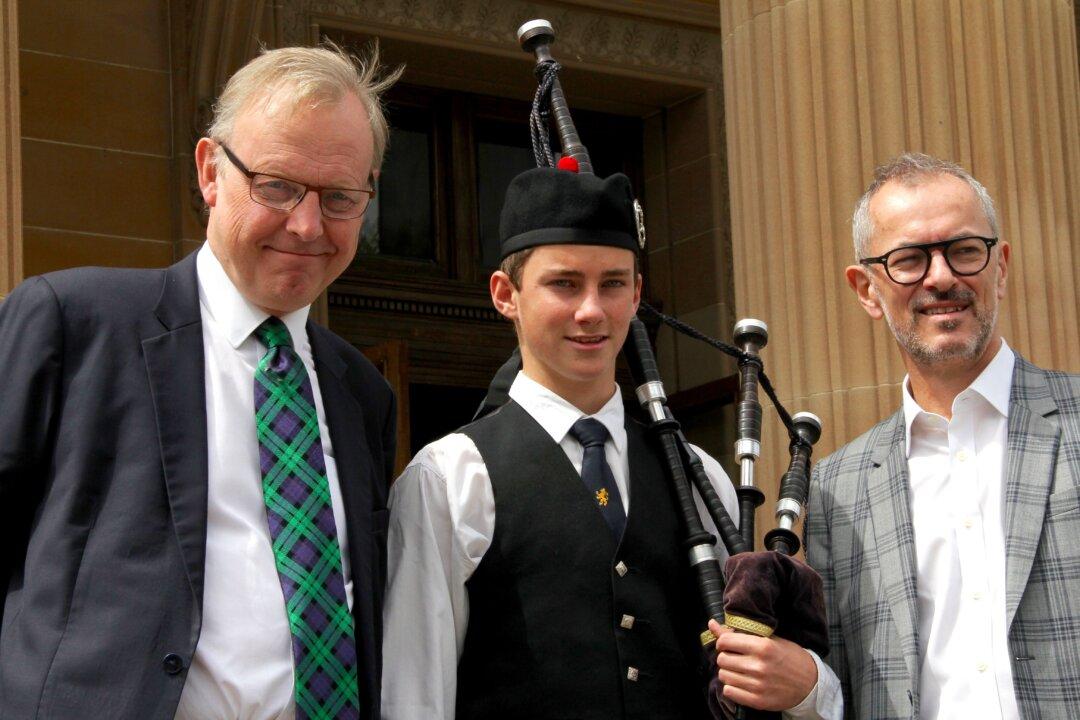SYDNEY—Plush seats, a sleek Maserati look, a 17-inch touch screen on the console – the taxi felt positively luxurious as it glided ever so quietly through the tiny roads of France’s Perigord North. It could have been a French car – or at least European – but to our surprise it was American! Our French taxi driver, Christoph Kusters, had introduced us to the Tesla Model S all-electric sedan.
Monsieur Kusters was over the moon about his purchase, the first taxi owner in Aquitaine to buy the five passenger electric vehicle (EV). A big outlay initially, it had already recovered the expense in savings on diesel and ticked all the boxes for speed, performance and comfort. Even recharging stations, should he need them, were easy to locate on his touch screen.
Now Tesla has finally opened up shop in Australia, albeit only one – in North Sydney. They sell direct to the public, as well as online, and a second retail outlet is due to open in Victoria’s Chadstone within weeks.
The starting price point for the Model S is just under $100,000 for a 60kWh model providing 390 kilometres without charge, rising to $200,000 for the 85 kWh providing a 500 kilometre range.
The dual engine all-wheel drive P85D will be available towards the end of year. The P85D is capable of doing from 0 to 100 km in 3.4 seconds and is now considered the fastest accelerating 4-door car in the world.
Challenges
Like Mr Kusters, many see the future in EV’s. European sales of EVs jumped 77 per cent last year and car manufacturers are increasing their range of both all electric and hybrids.
In Australia, the roll out of electric cars will be a challenge however, says Dr Nesimi Ertugrul, from the University of Adelaide’s Electrical Engineering Department.





